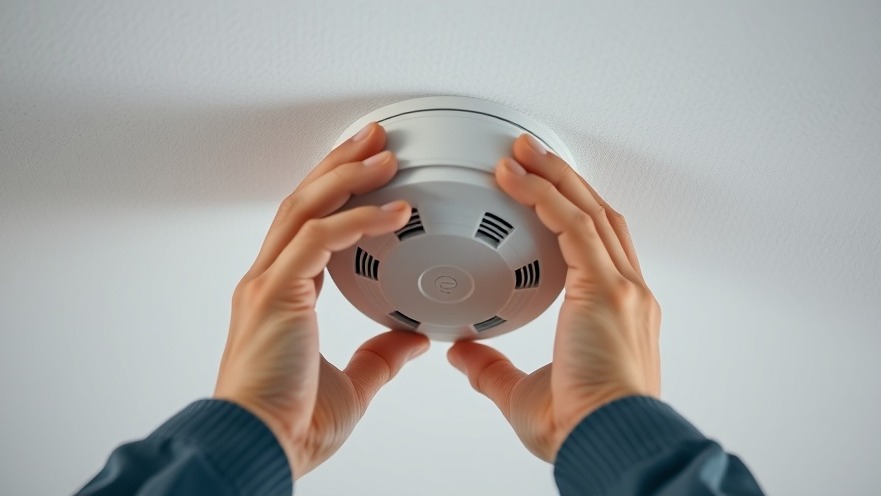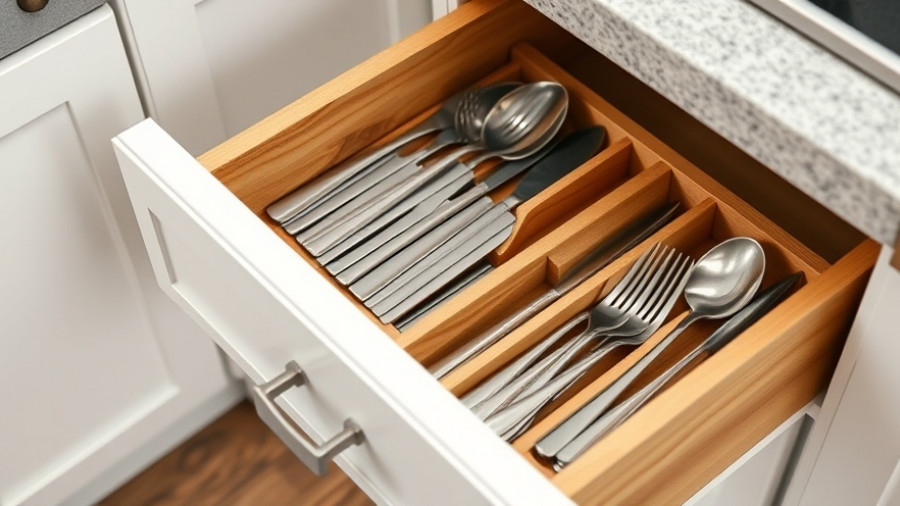
Why Regular Maintenance on Smoke Detectors Matters
Smoke detectors are essential to household safety, alerting occupants to potential fire hazards. However, many homeowners overlook the importance of regular maintenance and replacement. Most smoke detectors typically have a service life of ten years. Therefore, if yours were installed before 2013, it’s time to consider replacing them. Scott from Everyday Home Repairs emphasizes checking functionality monthly, which can be done by pressing the test button. This simple action can help ensure your family's safety while adding peace of mind.
In 'Replacing a Failed Hard-Wired Smoke or Smoke/CO Detector | Fast Easy DIY', Scott shares insights on replacing smoke detectors, prompting us to further explore effective ways to keep your home safe.
Common Challenges in Replacing Your Smoke Detector
While swapping out a smoke detector can seem straightforward, challenges may arise that could trip up the average DIY homeowner. It's crucial to deal with power safely; using a non-contact voltage tester to check for power before beginning work is indispensable. Homeowners often find that connectors may vary, making it necessary to adapt wiring during replacement, as Scott suggests. This challenge can be mitigated by investing in adapter harnesses or switching to lever nuts like WGO for better connections, making future maintenance significantly easier.
The Advantages of Choosing the Right Detector
The choice between hardwired smoke detectors and battery-operated ones can greatly impact your home safety strategy. According to Scott’s findings, many homeowners prefer the convenience of units with a non-replaceable, 10-year battery, while others stick to replaceable batteries. Whatever your choice might be, ensure you follow the manufacturer's instructions closely. Purchasing compatible brands helps in avoiding installation headaches, securing the necessary safety features in your home.
In conclusion, having a properly functioning smoke or combination smoke and carbon monoxide detector is crucial for ensuring home safety. Taking the time to understand the installation process and the proper maintenance of these devices can make you a more informed homeowner. Don't put off replacing old detectors—invest in your household's safety today!
 Add Row
Add Row  Add
Add 




Write A Comment